Home>Gardening & Outdoor>Plant Care & Gardening Tips>When Will Peak Wildflower Season Occur In Southern Joshua Tree Park?
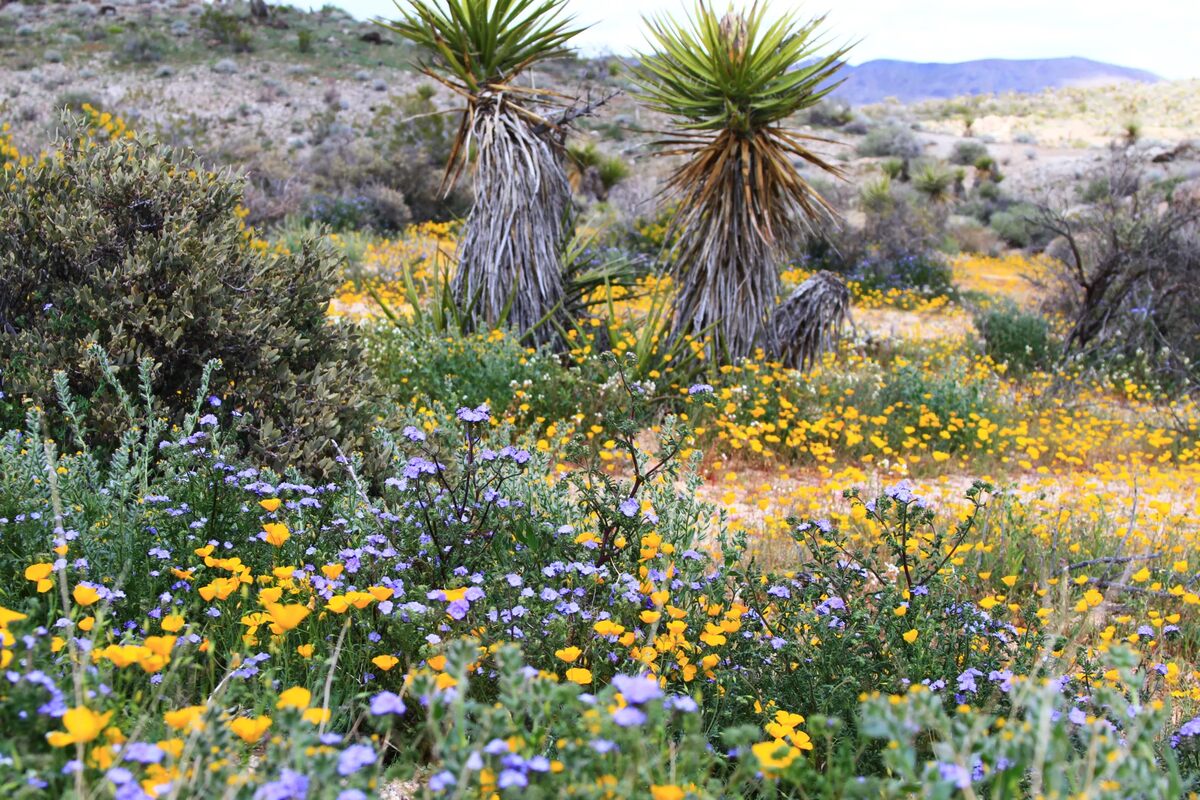

Plant Care & Gardening Tips
When Will Peak Wildflower Season Occur In Southern Joshua Tree Park?
Modified: January 9, 2024
Discover the best time for peak wildflower viewing in Southern Joshua Tree Park. Get expert plant care and gardening tips to make the most of this stunning natural display.
(Many of the links in this article redirect to a specific reviewed product. Your purchase of these products through affiliate links helps to generate commission for Storables.com, at no extra cost. Learn more)
Introduction
Welcome to the breathtaking world of Southern Joshua Tree Park, where the rugged desert landscape transforms into a vibrant tapestry of wildflowers during peak bloom season. As nature enthusiasts eagerly anticipate this annual spectacle, the question on everyone’s mind is, “When will peak wildflower season occur in Southern Joshua Tree Park?” In this article, we’ll delve into the factors influencing wildflower bloom, explore historical peak wildflower seasons, assess current wildflower conditions, and discuss methods for predicting the much-anticipated peak wildflower season.
From the delicate blossoms of the desert marigold to the striking hues of the desert sunflower, the park’s floral display is a sight to behold. Understanding the intricate interplay of environmental factors and the unique characteristics of each wildflower species can provide valuable insights into the timing of peak bloom. So, let’s embark on a journey through the enchanting realm of Southern Joshua Tree Park’s wildflowers, where nature’s artistry unfolds in a breathtaking display of color and life.
Key Takeaways:
- Peak wildflower season in Southern Joshua Tree Park typically occurs in late winter and early spring, with March and April being the prime months for vibrant floral displays.
- Factors such as rainfall, temperature, soil conditions, and sunlight influence the timing and intensity of wildflower bloom, creating a dynamic and unpredictable natural spectacle.
Factors Affecting Wildflower Bloom
The wildflower bloom in Southern Joshua Tree Park is a mesmerizing natural phenomenon shaped by a delicate balance of environmental factors. Understanding these influences is key to predicting the peak wildflower season. Here are the primary factors that affect wildflower bloom:
- Rainfall: Adequate rainfall is crucial for germination and sustained growth of wildflowers. The timing, duration, and intensity of rainfall significantly impact the abundance and diversity of blooms.
- Temperature: Wildflowers respond to temperature variations, with warmer temperatures accelerating growth and cooler temperatures prolonging bloom periods. Frost can damage delicate blossoms, affecting the overall bloom duration.
- Soil Conditions: The composition and moisture content of the soil play a vital role in supporting wildflower growth. Well-drained soils with suitable nutrient levels foster healthy root development and robust blooming.
- Sunlight: Sunlight is an essential catalyst for photosynthesis and flower production. The duration and intensity of sunlight influence the timing and duration of wildflower bloom.
- Competition and Predation: Interactions with other plant species, herbivores, and pollinators can impact wildflower populations. Competition for resources and predation by herbivores and insects shape the abundance and distribution of blooms.
These interconnected factors create a dynamic environment that dictates the timing and intensity of wildflower bloom. By closely monitoring these variables, park enthusiasts and researchers can gain valuable insights into the potential peak wildflower season and the expected floral abundance.
Historical Peak Wildflower Season
The historical peak wildflower season in Southern Joshua Tree Park offers a captivating glimpse into the ebb and flow of nature’s floral spectacle. Over the years, the park has witnessed a rich tapestry of wildflower blooms, with each season presenting its own unique characteristics and timing of peak bloom. By examining historical data and anecdotal accounts, we can gain valuable insights into the patterns of peak wildflower seasons.
Historically, the peak wildflower season in Southern Joshua Tree Park has typically occurred during the late winter and early spring months, often reaching its zenith in March and April. This period aligns with the gradual transition from the cooler winter months to the warmer spring season, creating optimal conditions for wildflower germination, growth, and bloom.
Notable wildflower species, such as the vibrant desert dandelion, the iconic Joshua tree bloom, and the golden evening primrose, have contributed to the park’s renowned floral displays during peak seasons. The convergence of these diverse blooms creates a breathtaking mosaic of colors that blankets the desert landscape, drawing visitors from near and far to witness nature’s awe-inspiring artistry.
While historical peak wildflower seasons provide a valuable reference point, it’s important to note that natural variability and the influence of climatic fluctuations can lead to deviations in bloom timing and intensity from year to year. This variability underscores the dynamic and unpredictable nature of wildflower displays, adding an element of anticipation and wonder to each new season.
As we reflect on the historical peak wildflower seasons, we are reminded of the park’s enduring allure and the ever-changing canvas of floral beauty that unfolds with each passing year. This rich tapestry of historical blooms serves as a testament to the resilience and adaptability of the park’s wildflowers, captivating the hearts and imaginations of all who behold their fleeting yet magnificent splendor.
Peak wildflower season in Southern Joshua Tree Park typically occurs in late February to early April, depending on rainfall and temperature. Keep an eye on park updates for the best time to visit for wildflower viewing.
Current Wildflower Conditions
As nature enthusiasts eagerly await the arrival of peak wildflower season in Southern Joshua Tree Park, the current wildflower conditions offer a tantalizing preview of the impending floral spectacle. Observations and reports from park rangers, botanists, and avid hikers provide valuable insights into the status of wildflower blooms, setting the stage for the much-anticipated display of nature’s vibrant artistry.
At present, the park is experiencing a gradual transition from the winter months to the early stages of spring, signaling the awakening of dormant wildflower seeds and the emergence of tender shoots across the desert landscape. Recent rainfall has replenished the parched earth, providing essential moisture for seed germination and early growth, laying the foundation for potential wildflower abundance in the coming weeks.
Notable wildflower sightings include the delicate blooms of the desert five-spot, the cheerful desert marigold, and the resplendent desert lily, offering a preview of the diverse floral palette that is poised to unfold during the peak season. These early blooms serve as harbingers of the impending wildflower extravaganza, igniting anticipation and excitement among park visitors and nature enthusiasts.
While the current wildflower conditions hint at the promise of a vibrant display, the interplay of environmental factors, including temperature fluctuations and additional rainfall, will play a pivotal role in shaping the extent and timing of the peak bloom. Park visitors are encouraged to stay updated on wildflower reports and advisories, as the dynamic nature of wildflower displays underscores the need for flexibility and adaptability when planning visits to witness the seasonal spectacle.
As the desert landscape undergoes its annual transformation, the current wildflower conditions offer a tantalizing glimpse into the intricate dance of nature, where the promise of a breathtaking floral showcase awaits. With each passing day, the canvas of the park’s terrain becomes adorned with an ever-expanding array of wildflower blooms, heralding the imminent arrival of the much-anticipated peak wildflower season.
Predicting Peak Wildflower Season
Anticipation mounts as nature enthusiasts and park visitors eagerly seek insights into predicting the much-anticipated peak wildflower season in Southern Joshua Tree Park. While the timing of peak bloom is influenced by a complex interplay of environmental factors, several methods and indicators can offer valuable guidance for forecasting the arrival of this captivating floral spectacle.
One of the primary indicators used in predicting the peak wildflower season is the assessment of rainfall patterns. By analyzing historical and current rainfall data, researchers and botanists can gauge the potential impact of precipitation on wildflower germination and growth. Adequate and well-timed rainfall is a crucial catalyst for robust wildflower displays, making it a pivotal factor in predicting the timing of peak bloom.
Temperature trends also play a significant role in forecasting the peak wildflower season. Monitoring temperature fluctuations and assessing the duration of warm spells can provide insights into the acceleration or prolongation of wildflower growth and bloom periods. Additionally, the potential impact of frost events on delicate blossoms underscores the need to consider temperature dynamics in predicting peak bloom.
Wildflower species’ phenology, or the study of their life cycle stages, offers valuable clues for predicting peak bloom. By tracking the progression of key wildflower species through their germination, budding, and flowering stages, researchers can make informed assessments of the potential timing and intensity of the peak wildflower season. This method allows for a nuanced understanding of the diverse bloom periods exhibited by different wildflower species within the park.
Collaborative efforts between park rangers, botanists, and citizen scientists contribute to the collection of observational data, including wildflower sightings, growth stages, and bloom intensity. This collaborative approach fosters a comprehensive understanding of the evolving wildflower landscape, enhancing the accuracy of predictions regarding the peak wildflower season.
As the park’s wildflower landscape continues to evolve, the integration of these predictive methods and indicators offers a multifaceted approach to anticipating the arrival of the peak wildflower season. While nature’s artistry unfolds according to its own rhythm, the collective insights gleaned from rainfall patterns, temperature dynamics, wildflower phenology, and collaborative observations provide a compelling framework for forecasting the imminent arrival of this breathtaking floral extravaganza.
Conclusion
As we embark on this captivating exploration of Southern Joshua Tree Park’s wildflower wonders, we are reminded of the intricate tapestry of factors that shape the annual peak wildflower season. From the delicate dance of rainfall and temperature to the diverse array of wildflower species adorning the desert landscape, the stage is set for nature’s breathtaking floral spectacle.
Historical peak wildflower seasons serve as poignant reminders of the park’s enduring allure, each season weaving its own unique narrative of color and life across the desert expanse. As we reflect on these historical blooms, we are humbled by the resilience and adaptability of the park’s wildflowers, which steadfastly endure and thrive in the face of nature’s dynamic forces.
The current wildflower conditions offer a tantalizing preview of the impending floral showcase, as early blooms signal the awakening of the desert landscape. With each passing day, the promise of a vibrant display grows more palpable, igniting anticipation and excitement among park visitors and nature enthusiasts alike.
Predicting the peak wildflower season is a harmonious blend of science and art, where the interplay of rainfall patterns, temperature dynamics, wildflower phenology, and collaborative observations converges to offer valuable insights into the imminent arrival of this captivating floral extravaganza. As researchers, botanists, and park enthusiasts unite in their efforts to unravel nature’s mysteries, the stage is set for a deeper understanding of the park’s wildflower rhythms.
As we eagerly await the unveiling of nature’s masterpiece, let us embrace the unpredictability and wonder that define the wildflower landscape. The vibrant blooms that await us serve as a testament to the enduring beauty and resilience of the natural world, captivating our hearts and inspiring a profound appreciation for the delicate balance of life within Southern Joshua Tree Park.
In the coming weeks, as the park’s wildflowers burst into full bloom, let us revel in the fleeting yet magnificent splendor of the peak wildflower season. As we bear witness to this annual spectacle, may we find solace and joy in the timeless rhythms of nature’s artistry, knowing that each bloom is a celebration of life’s enduring vitality and the enduring spirit of Southern Joshua Tree Park’s wildflowers.
Frequently Asked Questions about When Will Peak Wildflower Season Occur In Southern Joshua Tree Park?
Was this page helpful?
At Storables.com, we guarantee accurate and reliable information. Our content, validated by Expert Board Contributors, is crafted following stringent Editorial Policies. We're committed to providing you with well-researched, expert-backed insights for all your informational needs.
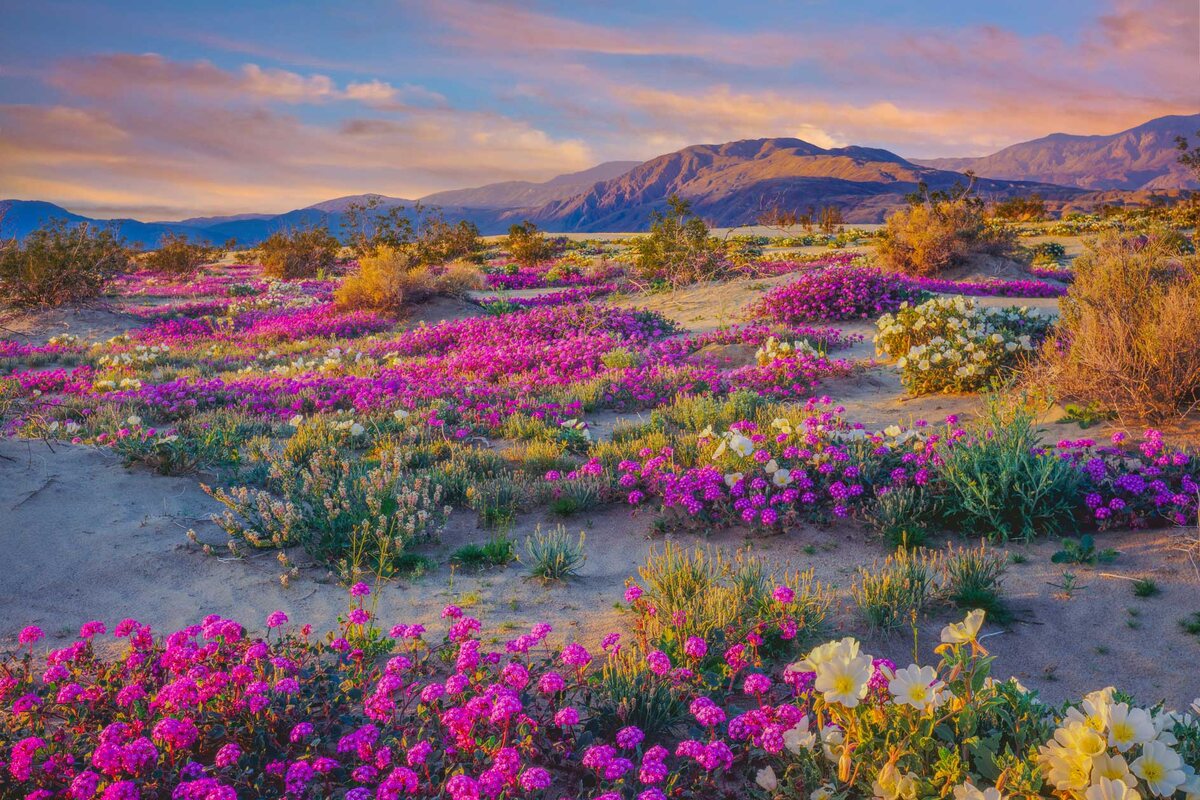
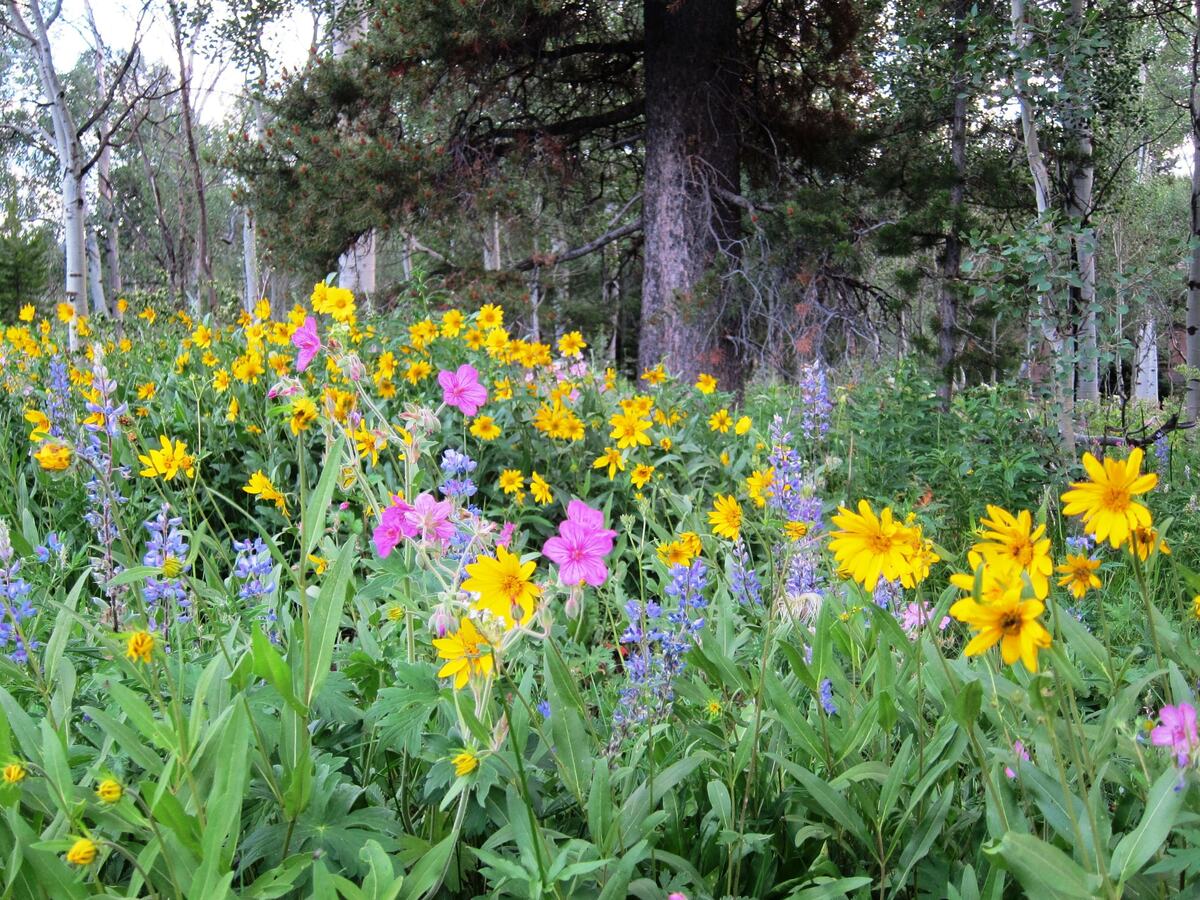
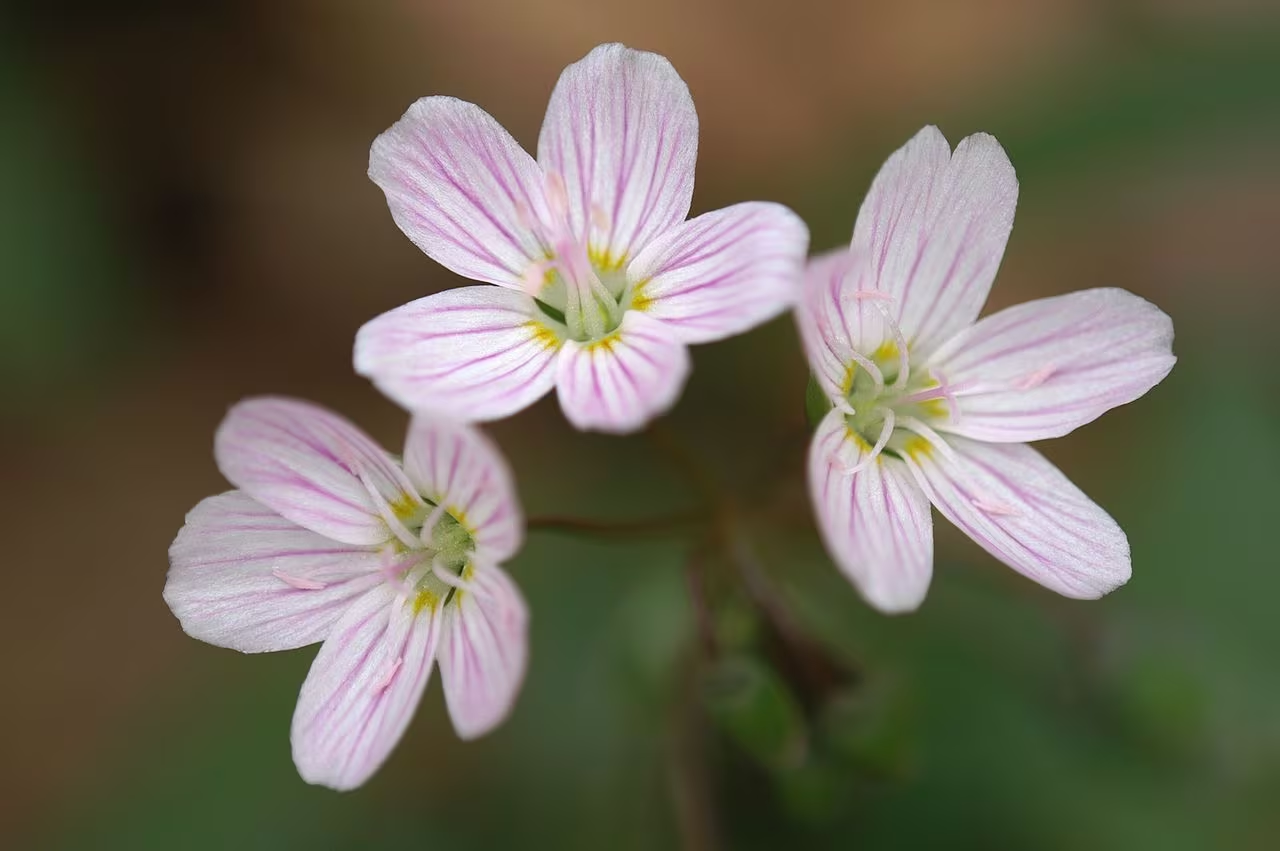
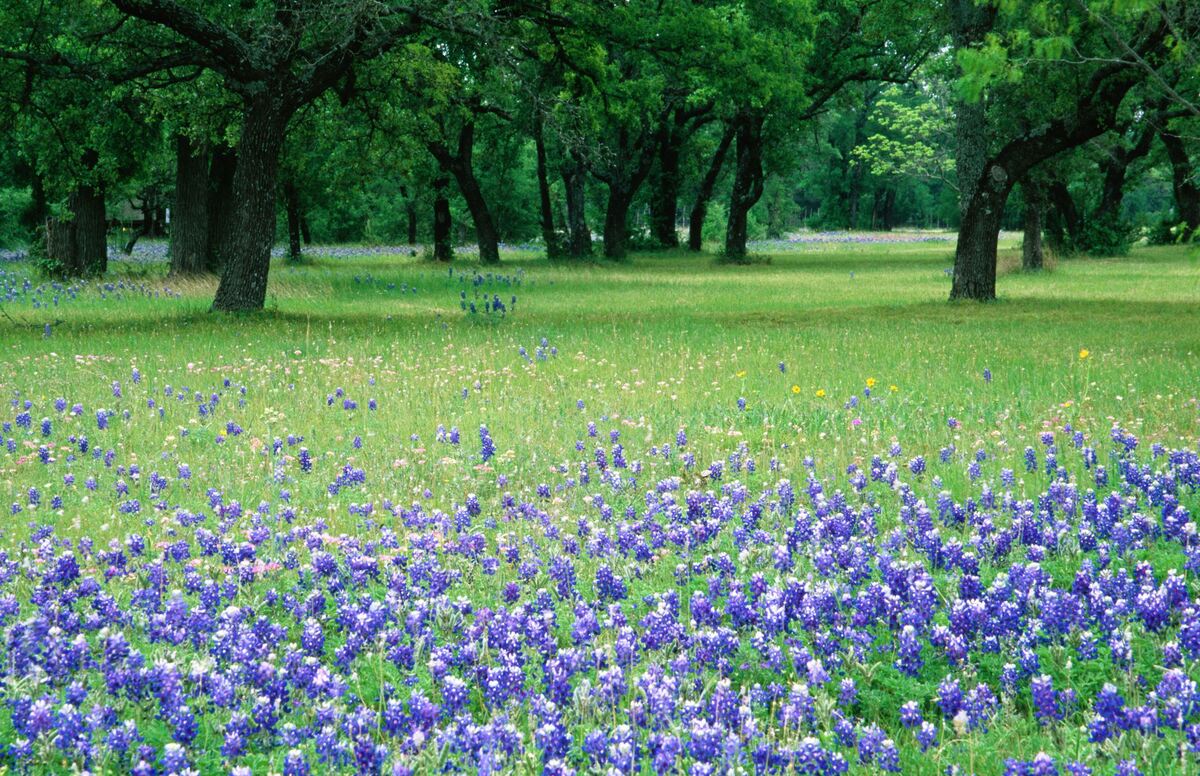
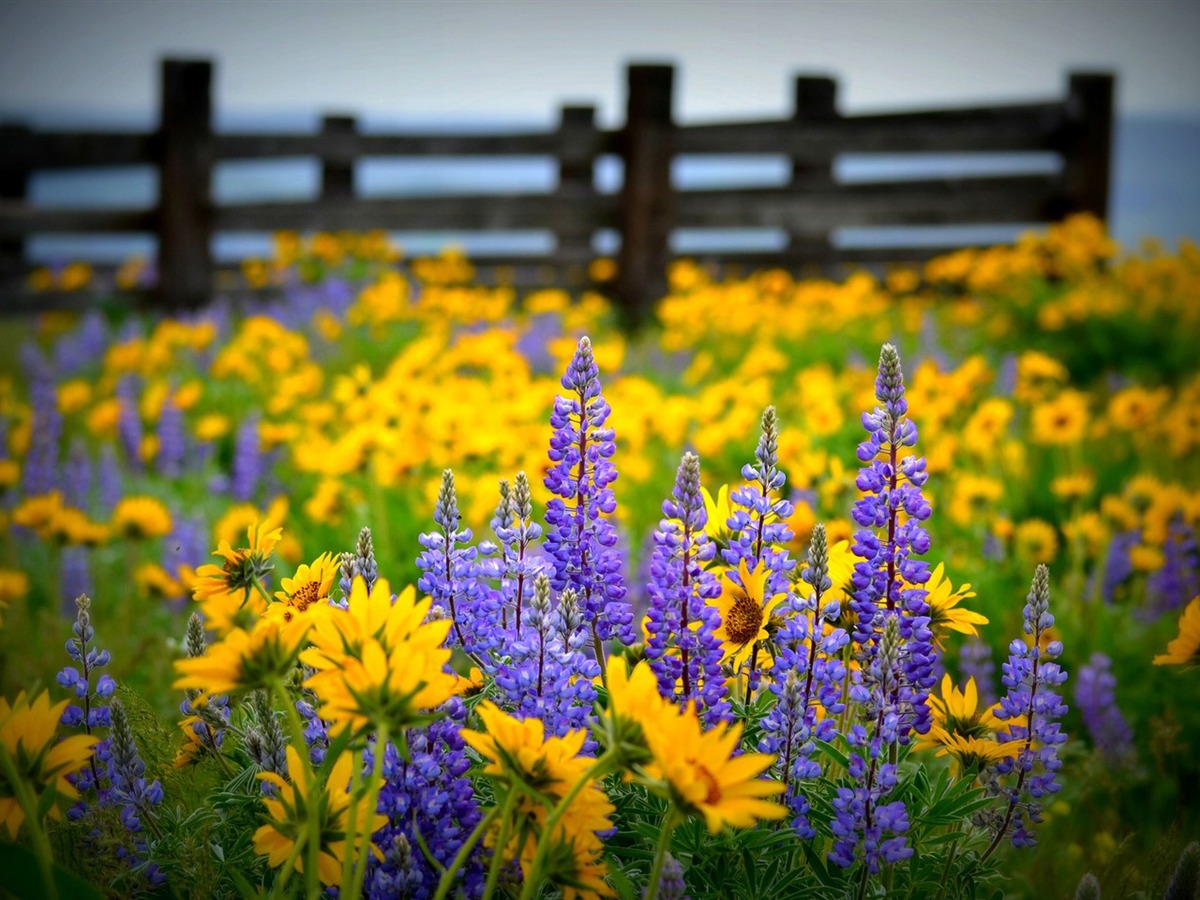
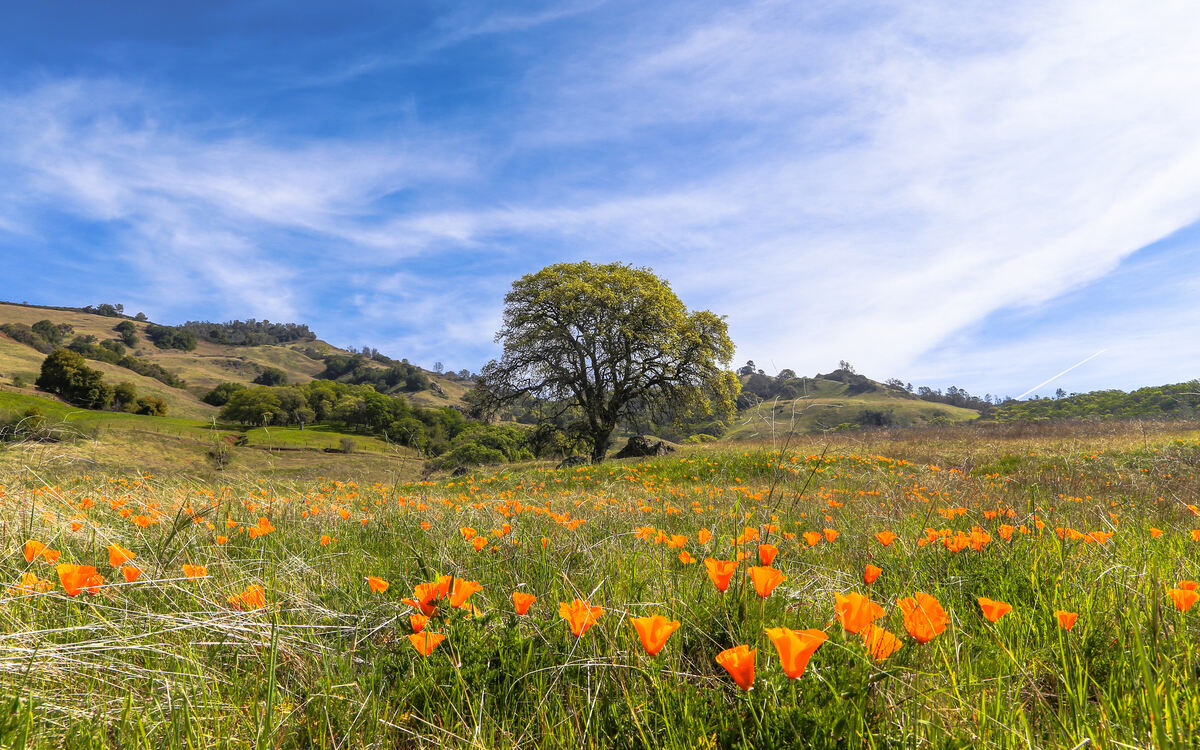
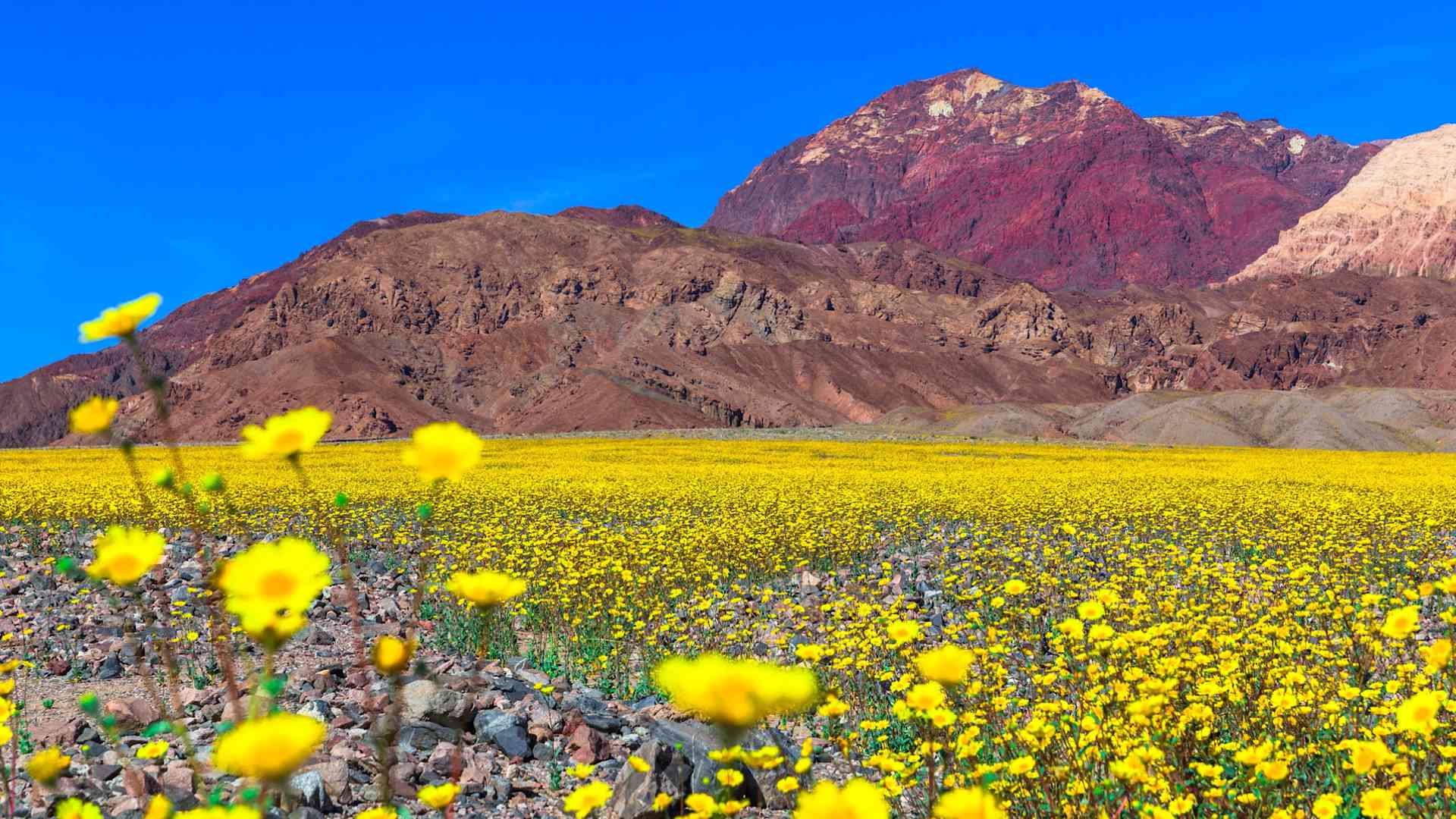
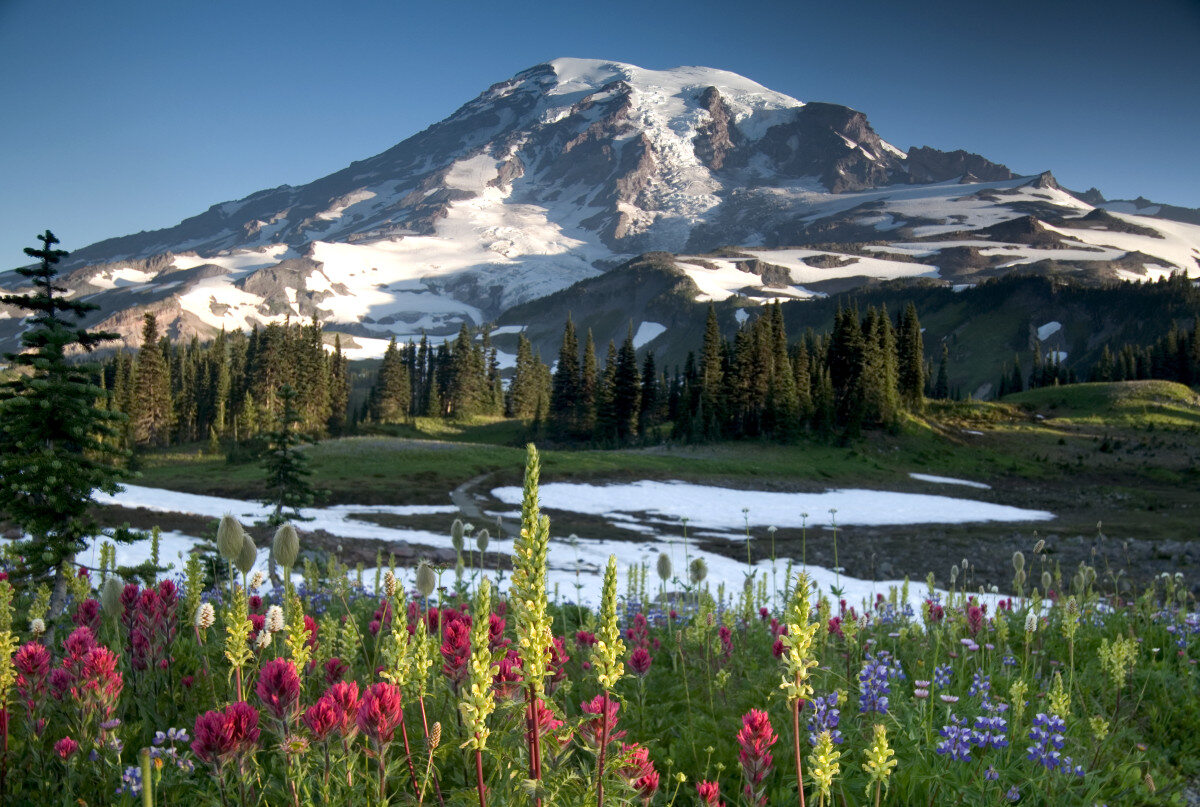
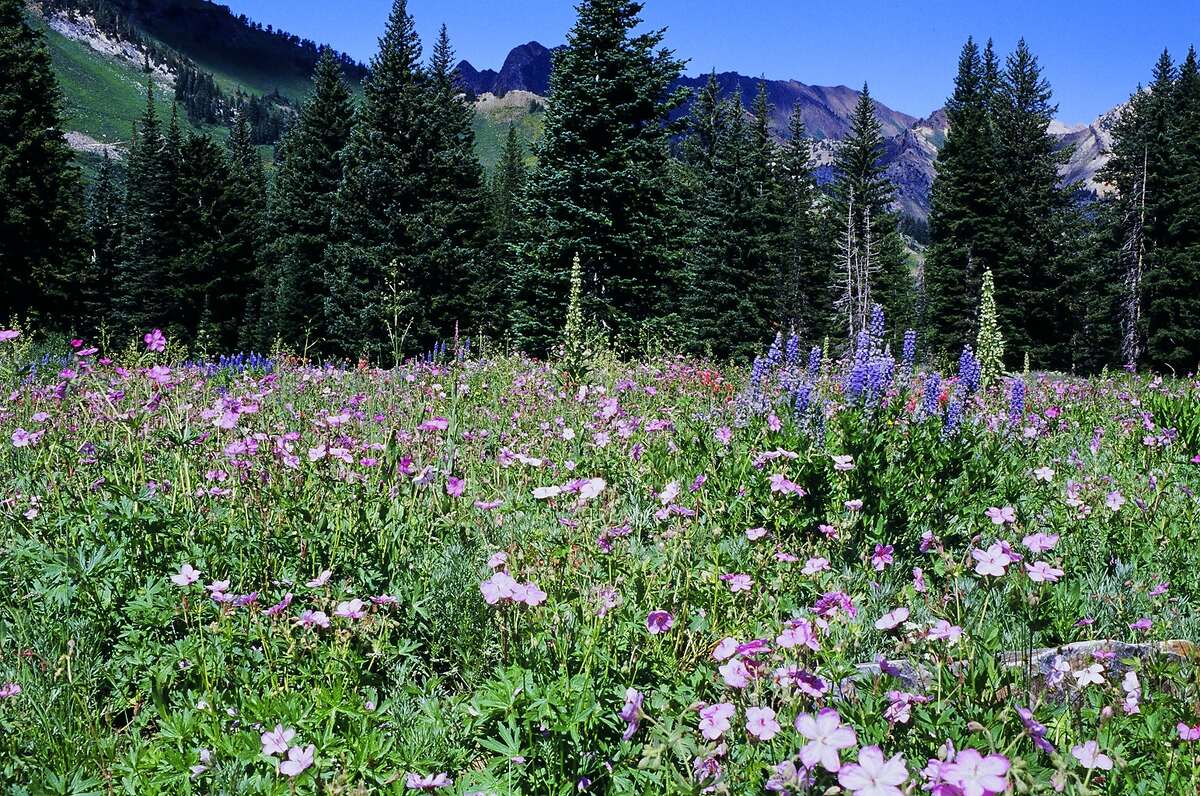
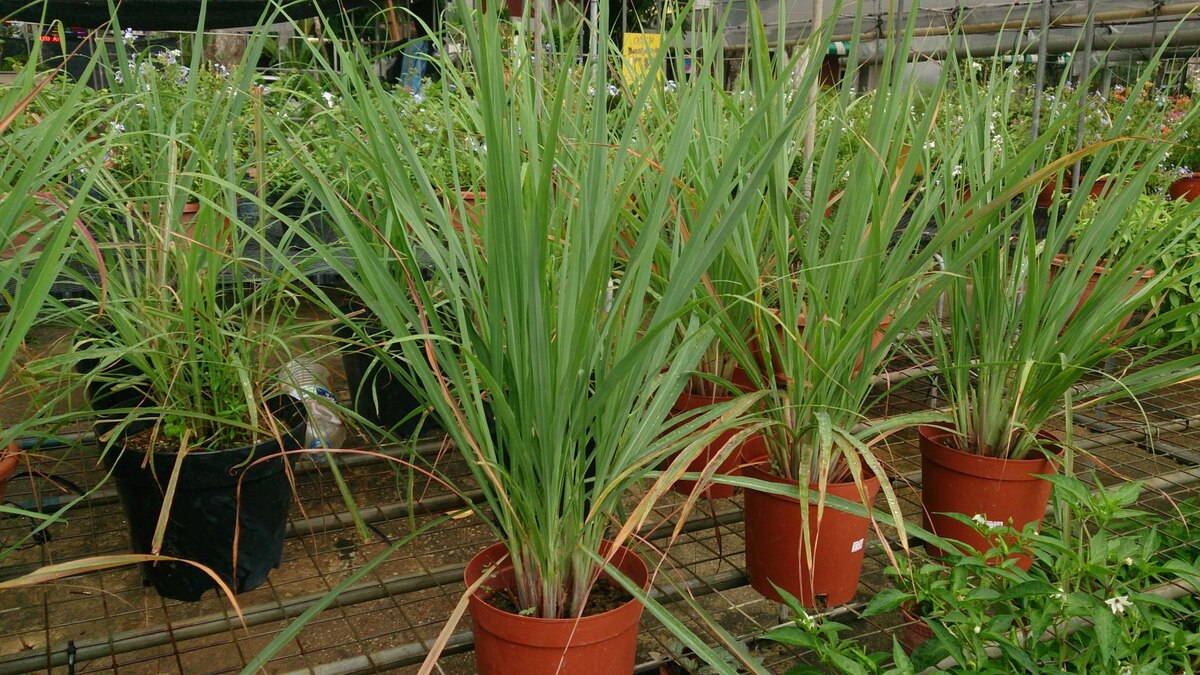
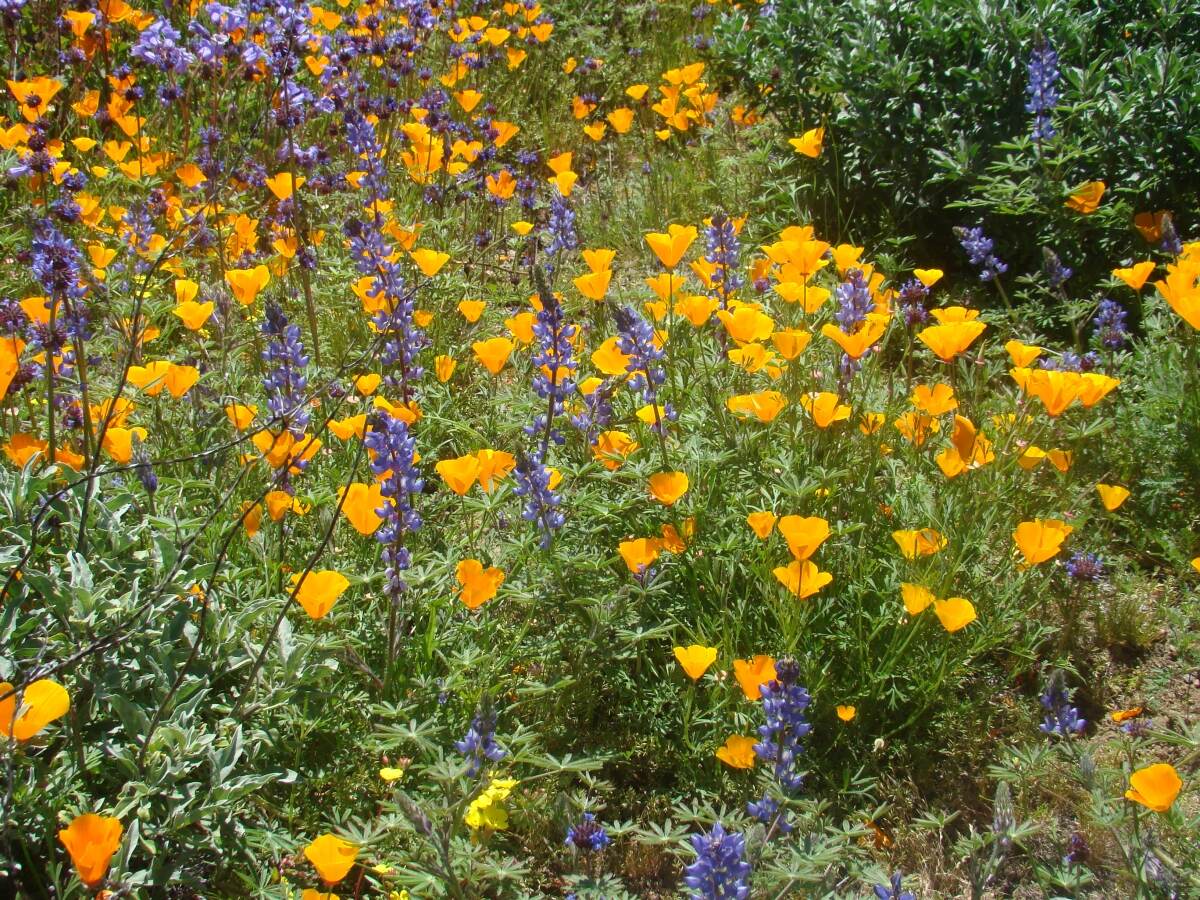
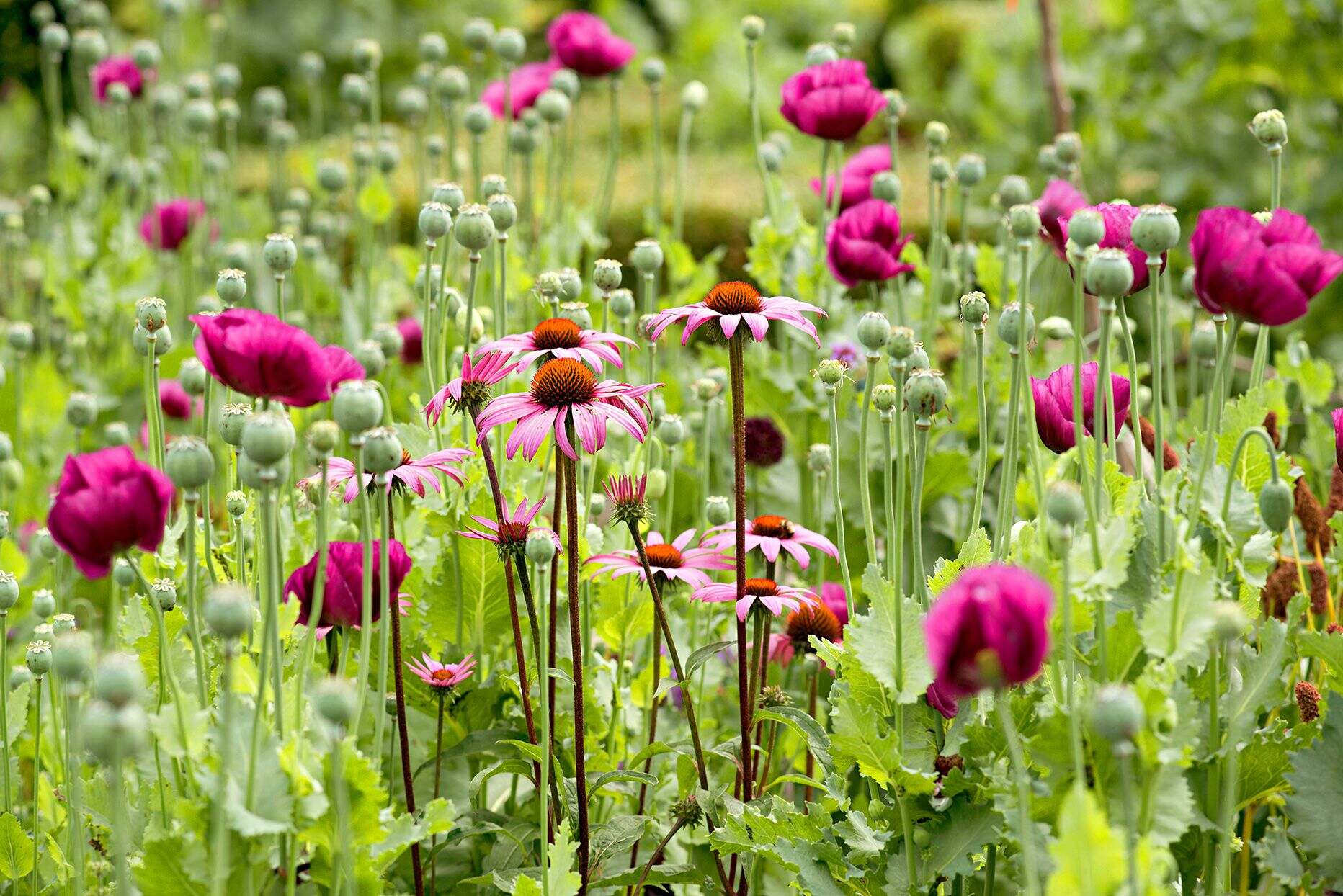

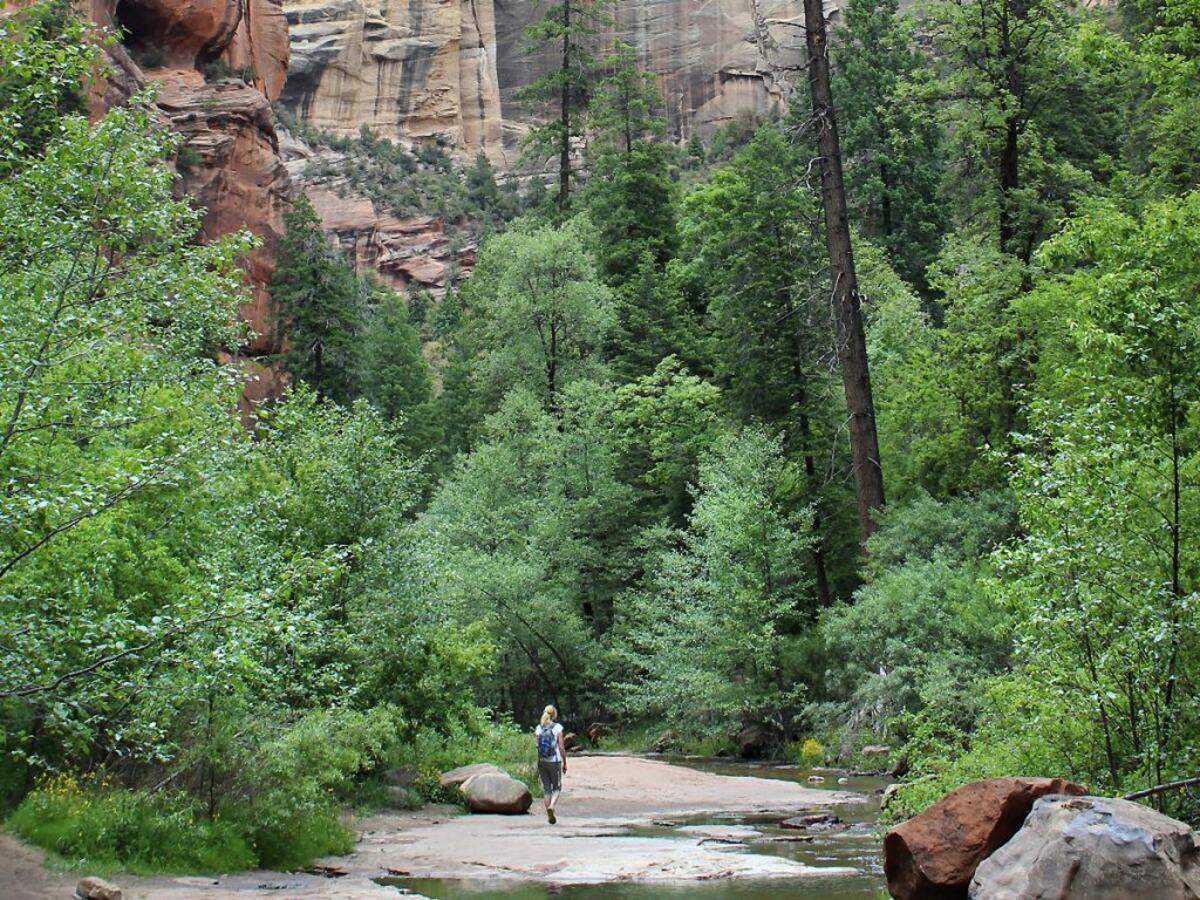

0 thoughts on “When Will Peak Wildflower Season Occur In Southern Joshua Tree Park?”